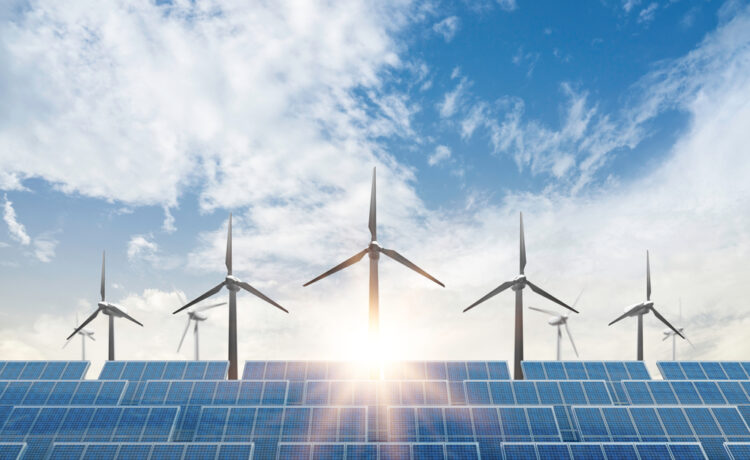According to the International Energy Agency (IEA), worldwide annual clean energy investments need to reach $4 trillion by 2030—more than triple the current amount of investments—to reach 2050 net-zero goals.
“Governments across the globe are rising to the challenge, launching a host of measures to boost investment in clean energy technologies such as electric vehicles, solar power and battery solutions,” according to a Lexology article by White & Case. “In the U.S., the Inflation Reduction Act (IRA) promises US$369 billion in subsidies to boost investment in green technologies. According to S&P Global, in the first ten months after the act came into effect, private equity firms made new renewable energy investments worth US$100 billion that would qualify for tax credits in the following six years. The European Union, Australia and Japan have since launched similar legislation to counterbalance U.S. spending and increase funding for early-stage clean technologies.”
The IEA’s 2050 road map lays out more than 400 milestones to be achieved to decarbonize the global economy in a little more than three decades.
Huge leaps in clean energy innovations are needed, the IEA says.
“Most of the reductions in CO2 emissions through 2030 come from technologies already on the market today. But in 2050, almost half the reductions come from technologies that are currently at the demonstration or prototype phase,” states the IEA report. “Major innovation efforts must take place this decade in order to bring these new technologies to market in time.”
Currently, one area in the U.S. energy market that’s seeing increased attention is renewable energy credits (RECs), notes S&P Global. This is because of state and federal regulations, the growing corporate renewables market, and the IRA.
“According to S&P Global Commodity Insights’ analysis and forecasts, the U.S. REC market as of 2021 was valued at $11.45 billion but is forecast to swell to $26.5 billion by the end of the decade,” an S&P Global report says.
Other areas seeing investment surges include:
- Decarbonizing the transportation sector, which includes investments in electric vehicle charging networks, rare metals markets (such as lithium), and battery recycling while phasing out vehicles that emit carbon dioxide.
- “Solar photovoltaic (PV) assets has generally become a bankable, proven technology and operates under contracts or feed-in tariffs, generating steady returns,” according to another S&P Global report.
- “The battery storage sector received an estimated US$37 billion in investment in 2023, nearly double the US$21 billion recorded the year prior, according to IEA figures,” reports White & Case. “Meanwhile, McKinsey (& Co.) expects the global BESS (Battery energy storage systems) market to exceed US$120 billion by the end of the decade.”
- Venture capital funding is showing an interest in artificial intelligence (AI) start-ups providing clean energy solutions, White & Case adds.
While investors are shown to be leading the clean energy transitions, S&P Global says financial firms and capital allocators also follow changing technology and politics.
“The degree to which financial incentives may dislocate energy markets and impact risk metrics for firms currently in those markets is increasing over time,” the S&P Global Renewable Energy Funding Report says. “Financial and capital markets may be part of shaping the energy transition as they respond to government policy, but it is the realities of the energy transition that have created a vector along which governments are competing for economic preeminence.
“It is the availability of progressively cheaper and more efficient renewable energy technologies, high-performance batteries and increasingly viable industrial decarbonization technology that ultimately create the context for policy creation that can rely on investment shifts to drive the energy transition.”


















